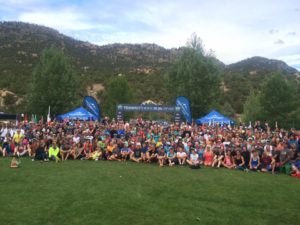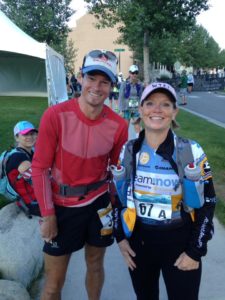–By Alex Vanias, Nordic Skier and Cyclist
I moved to Ann Arbor around the beginning of August. It isn’t the most optimal place to be a cross country skier, but I’m making it work. It took me about a month to find some convenient roads and trails to roller ski, but unfortunately after the time change in the fall I would get kicked out of said parks at sunset. Apparently downstaters are scared of the dark… Ok, I’ll go play with the cars. So much safer! It took me a few more weeks in November to find new roads with minimal traffic. I ended up finding some great suburbs with minimal traffic and nice pavement. The only annoying part about suburbs is that between 5-8pm after work, everywhere I go smells like dinner and it absolutely kills me when I’m starving a couple hours into a workout.
A quick side story; When I was searching for roller ski training spots, I came across the short track speed skating club in Ann Arbor and absolutely needed to try it out! I actually competed in a short 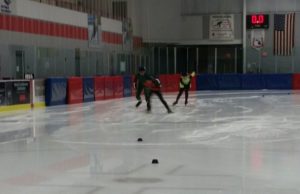 track race in Midland before ski season. In the image below, I’m the guy in fluorescent green. I’m actually very bad at short track. It is very much a technique sport, and my VO2 helped me very minimally. It may or may not have made my skate skiing more efficient, though!
track race in Midland before ski season. In the image below, I’m the guy in fluorescent green. I’m actually very bad at short track. It is very much a technique sport, and my VO2 helped me very minimally. It may or may not have made my skate skiing more efficient, though!
I knew ski training would be a struggle, so in October I was lucky to find a used Ski Erg. This device has transformed my training and is currently saving my season. It allows me to work my weakness even when the trails are bare, and the roads are icy. It also allows me to train with power. I have done a couple 20min power tests so far with lots of improvement. The picture below is worth a thousand words.
In December we got dumped on with snow and all the local trails were groomed and amazing. The Michigan Cup racing kicked off and I won a couple of the season openers. It was great to get that early season lung burn over with! That great snow only lasted 2-3 weeks before a series of unfortunate warmups.
I was on the fence about going up to SISU Ski Fest the first weekend in January, but not having been on great snow in a couple weeks lead me to sign up for the race a few days before it started. The forecast for the race was a frigid -5F to 0F. It’s tough to go from 50F training all the way down to that, but I have awesome cold skis so I couldn’t turn it down. The drive to Ironwood is about 10hrs in one directions, and of course there were blizzards to drive through. On the way up I stopped my Northbound Outfitters for some wax and Fischer’s new Speedmax Classic boots (These boots are really worth the upgrade!).
The weather for SISU was looking straight forward all week- frigid cold. I planned on using my coldest, softest ski with TB1x grind no matter what. My TG1-1 grind on a stiff ski just happened to be testing the same as my TB1x at the start area. I knew using the TG1-1 was a liability, especially since it was starting to snow, but 10min before the race start I grabbed the risky ski hoping that the snow was packed and the snow would stop. The forecast didn’t call for snow until the afternoon so it was worth a shot.
All was going fantastic and I was calm and relaxed following in the draft while I watched Matt Liebsch start opening a gap. I thought “no problem, I’ll let him do some work and then bridge up to him.” I finally got around and opened up a gap on the hills. I felt great- possibly better than last year. Then the snow started getting deep, up to 2-3” in spots. My skis suddenly felt terrible. I know everybody’s skis slowed waaay down, and I’m sure others made a mistake picking skis as well, it’s just that some skis are less slow than others in this situation. Turns out the skis I planned on using all week would have been the way to go. Lesson learned.
Matt got out of sight, and Joel bridged up and eventually dropped me. I couldn’t drink because my face was frozen. I was on the struggle bus, big time! I was actually doing V1 technique on the flats. V1 is a technique usually reserved for going uphill but that’s how slow the conditions became. In the last few kilometers I saw Cory coming up behind me. At this point the wind and snow was so bad I couldn’t see the trail in front of me. My eyeballs were so cold and I would try to ski short distances with my eyes closed to warm them up. My left eyelid wasn’t even closing all the way! In the end, I held off Cory for 3rd place. It was a good, tough race. That’s what I drove 20hrs for. There is so much to learn with ski racing which is why you don’t see many young guys at the top of races. Experience and equipment tends to trump everything in difficult snow conditions.
Unfortunately the weather is still not cooperating in Ann Arbor to do much on-snow skiing so I’ll have to continue my mix of using the Ski Erg, riding the trainer and running. Training for ski season this year has made me feel more like a fitness enthusiast than a skier! I’m looking forward to getting some more racing in and my next big test is the Noquemanon Ski Marathon in Marquette the last weekend in January!






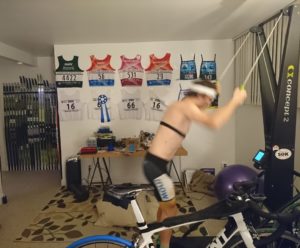
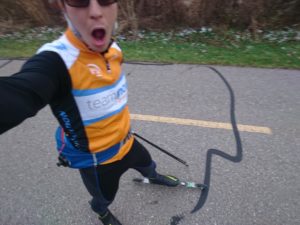
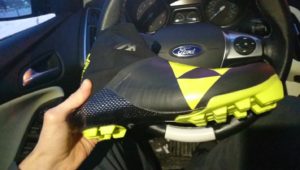
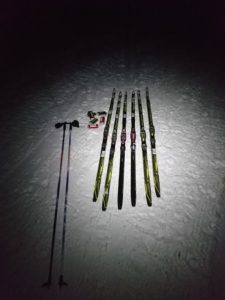
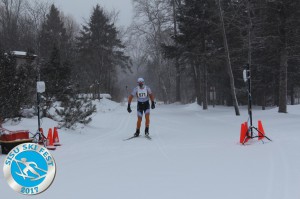
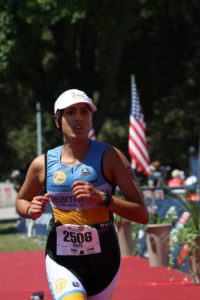
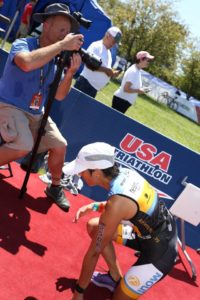

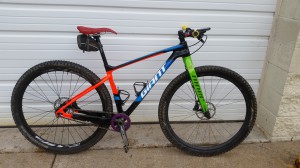
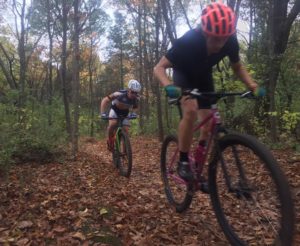
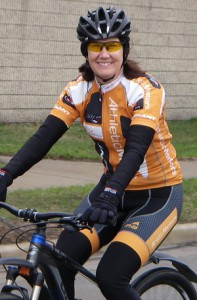
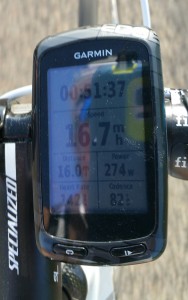
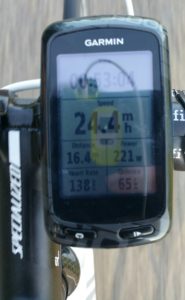
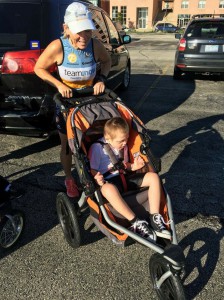
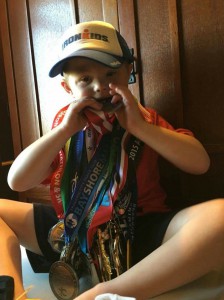
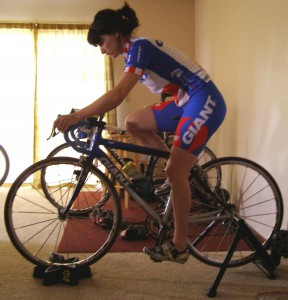
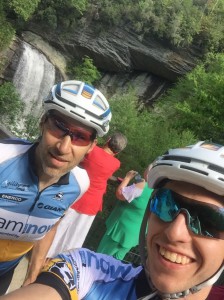
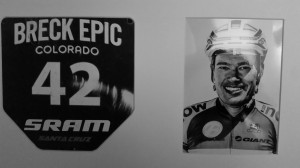
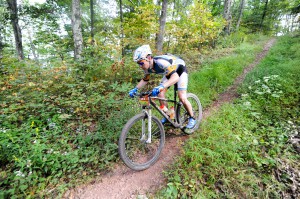
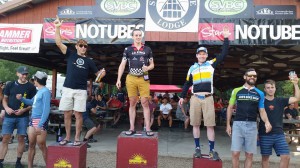
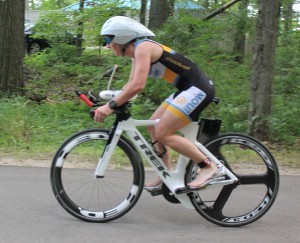
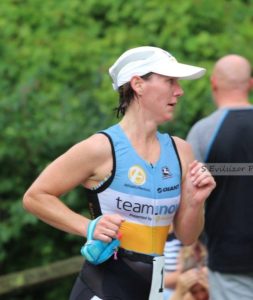
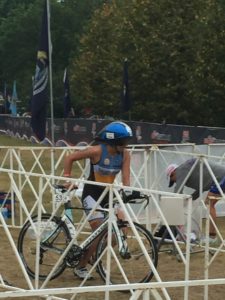
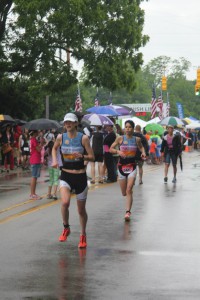 from racing Olympic distance to Half Iron is a big one. I suggest a season dedicated to a build where you start with a solid training plan, and ending with your Half Iron event. A lot changes when you increase your longest race distance by 100%. Such a jump in distance requires, more precise training and recovery, nutrition, support at home, sleep, and a number of other things.
from racing Olympic distance to Half Iron is a big one. I suggest a season dedicated to a build where you start with a solid training plan, and ending with your Half Iron event. A lot changes when you increase your longest race distance by 100%. Such a jump in distance requires, more precise training and recovery, nutrition, support at home, sleep, and a number of other things.